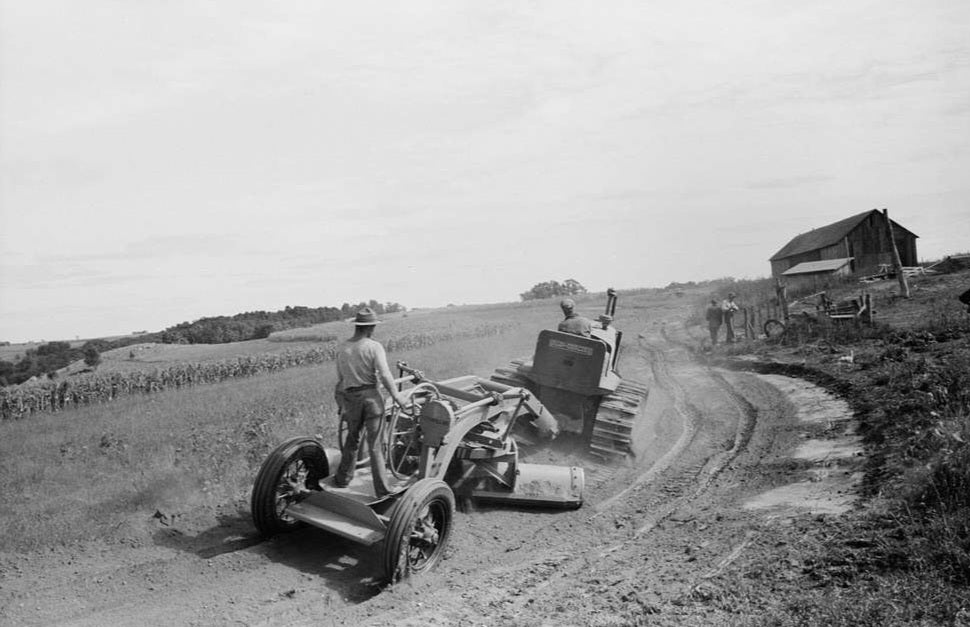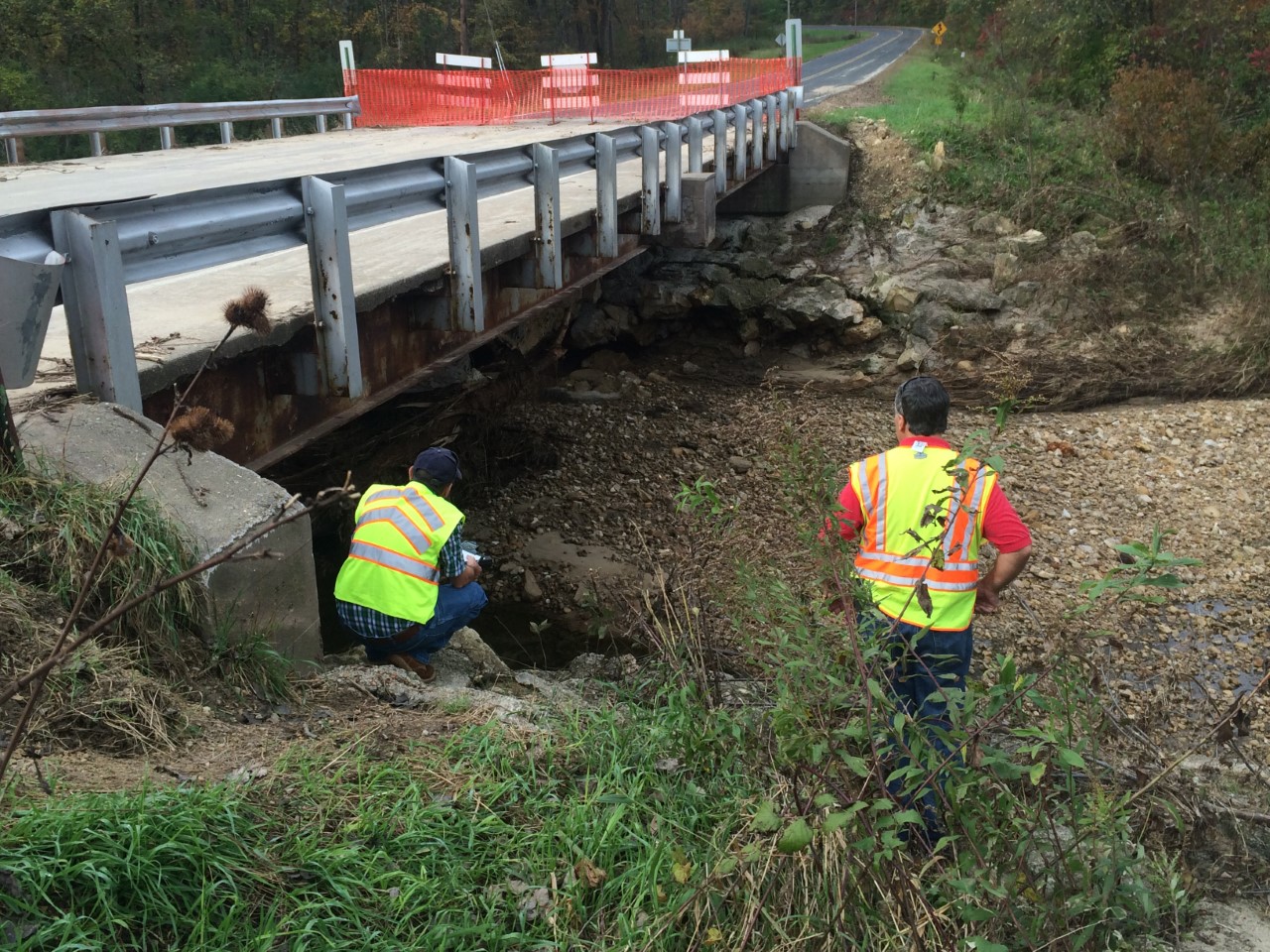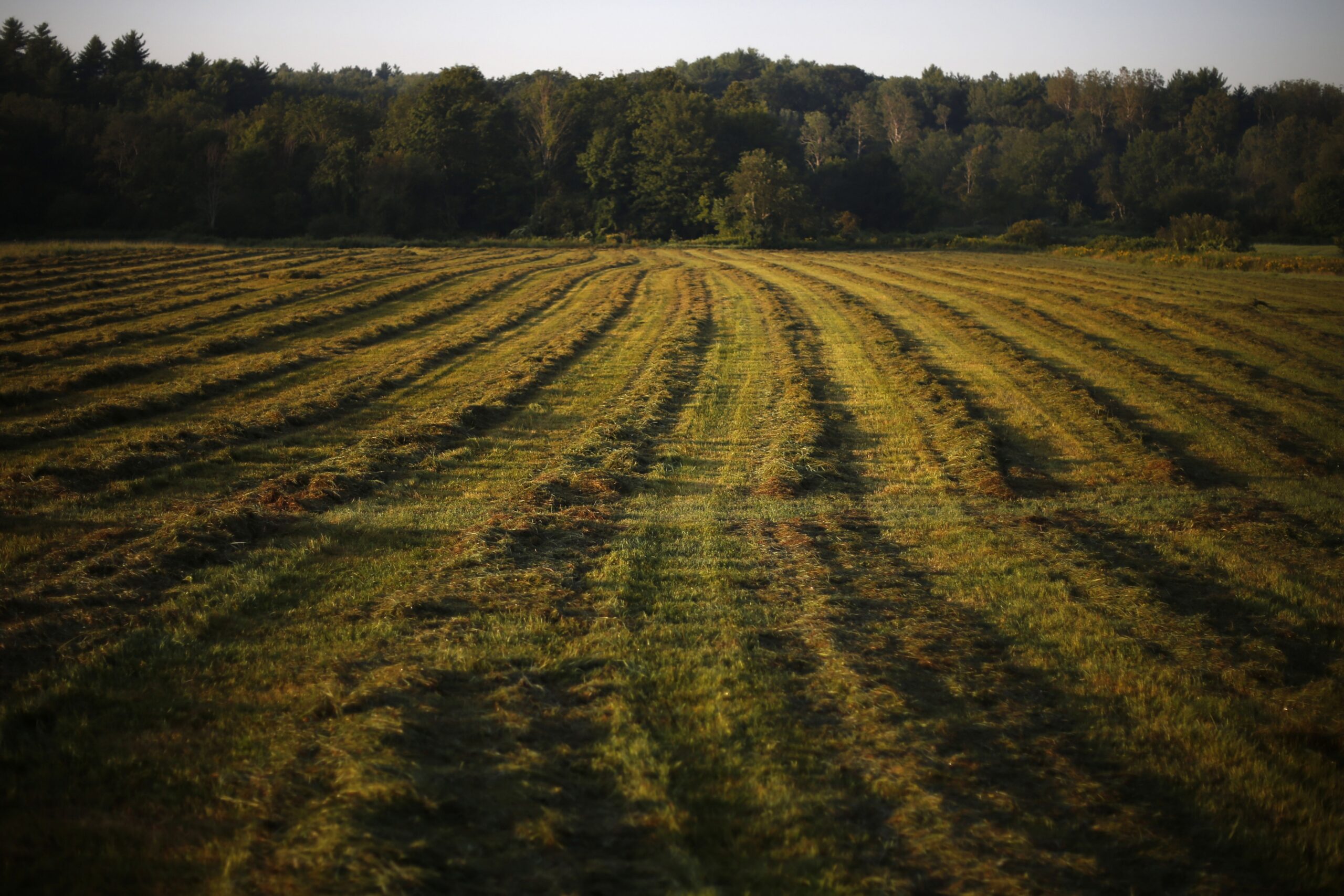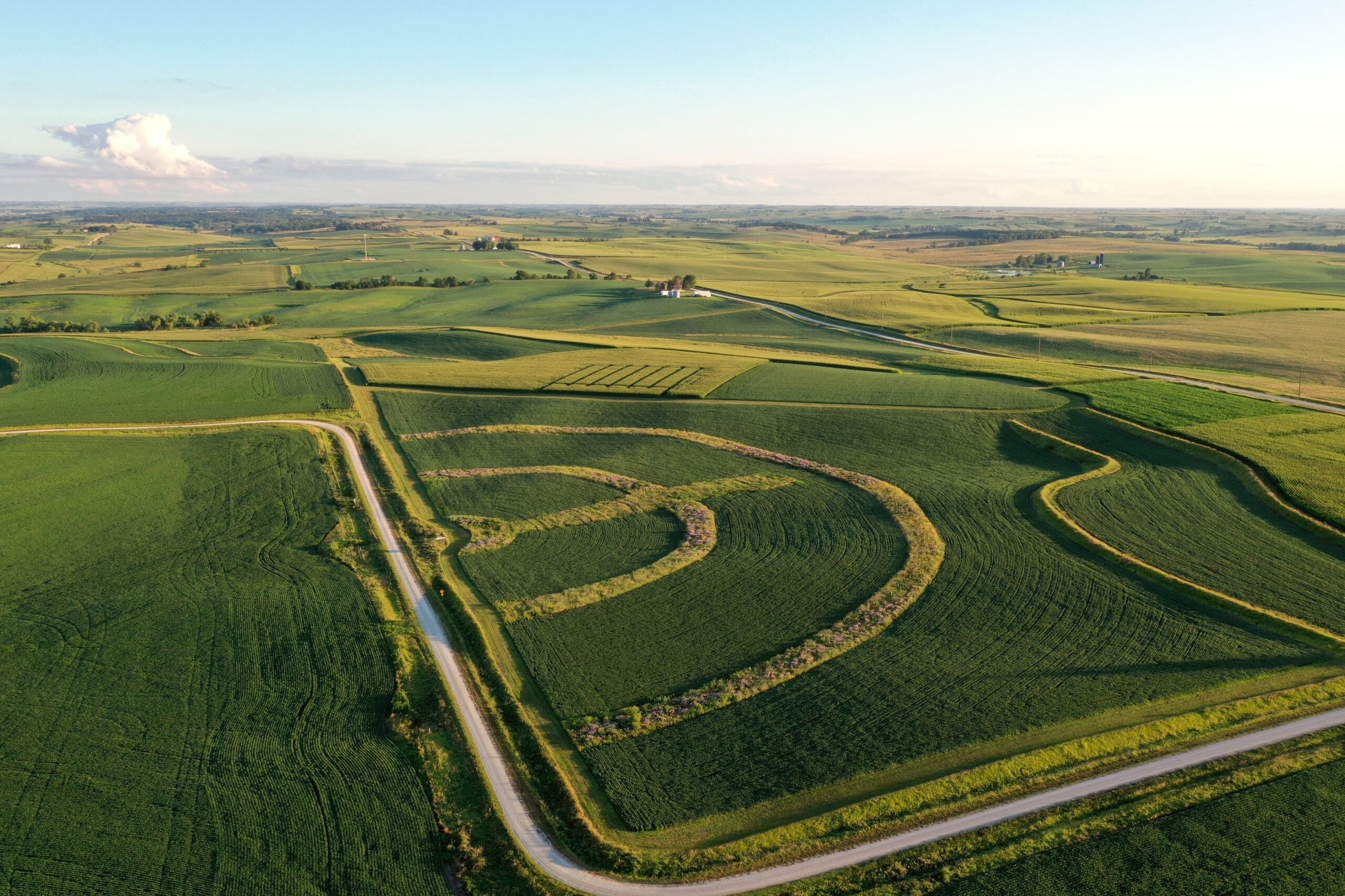The soil below our feet is a world that’s vastly complex and interconnected.
Rick Bieber says that understanding the scientific processes that govern that world will benefit Wisconsin’s farmers.
“We all eat food — we have to look at our agricultural systems as food production systems,” he recently told WPR’s “Wisconsin Today.”
News with a little more humanity
WPR’s “Wisconsin Today” newsletter keeps you connected to the state you love without feeling overwhelmed. No paywall. No agenda. No corporate filter.
The retired farmer from South Dakota tests soil on the Sinsinawa Mound, a hilltop near the Mississippi River, for the newly created farmer-led Fields of Sinsinawa learning center.
For more than 177 years, the Dominican Sisters of Sinsinawa have treasured the 450-acres of fields and farmland in southwestern Wisconsin.

Today, the sisters share the land with farmers to provide spiritual, ecological, agricultural and educational programs.
“The Dominican Sisters asked if the Fields of Sinsinawa could make it into a demonstration farm — pillars of soil care that are known in the regenerative world,” Bieber said.
Bieber said the center’s vision comes from his good friend David Brandt, an Ohio farmer, known for experimenting with no-till farming in 1971. After a visit to the mound in 2023, Brandt, the “godfather” of soil health, planted the idea with Bieber.
Bieber leads soil research at Fields of Sinsinawa
The Fields of Sinsinawa has four tenant farmers who began leasing the land in 2009 to raise dairy cows across multiple acres of pasture and grow crops including corn and alfalfa.
Now, Bieber consults with farmers to implement soil care practices to restore and protect water quality, human health and community wellbeing. For more than 30 years, he’s dedicated his life to soil care.
“We’ve been farming our land in a style for many decades, if not centuries, that’s been a bit disruptive to the community below the soil,” he said.

His current research with Fields of Sinsinawa involves finding benchmark levels for soil carbon and biological activity to reduce the use of synthetic fertilizers on farms.
“We’re measuring the total carbons, nitrogens and phosphors — all of the 18 essential nutrients for life,” he said.
The Fields of Sinsinawa has a partnership with farmers and producer-led groups across Wisconsin, Illinois and Iowa to collect soil samples and land management data.
“They get to pick what soils they want to use, what farmers they want to use,” he said. “Then they’ll do a total nutrient digestion test.”
Meanwhile, on the Sinsinawa Mound, Bieber monitors three watersheds to determine whether more carbon can be drawn into the soil.
“The higher the carbon levels, the better the water quality,” he said. “We want to measure all that.”
Vernon County sheds light on soil health research atop sloped landscape
The connection between water quality and soil is all too familiar to Samer Kharbush of Vernon County Land & Water Conservation Department.
The watershed planner spoke with “Wisconsin Today” about his latest soil research project. He serves as a liaison between local watershed groups like the Bad Axe Watershed Stewards.
Kharbush said the Bad Axe watershed council reached out to him last year after receiving funding from the Ho-Chunk Nation to support watershed projects.
Now, every three hours, he knows the temperature and moisture of soil at 20 locations on the Bad Axe watershed and other Vernon County farms.
That’s because a 12-inch soil probe, with Bluetooth technology, uploads data from different depths to his phone.
Farming on Vernon County’s slanted topography means fields are planted perpendicular to the slope, so that farms located near streams are at a greater risk of runoff, Kharbush said.
But, the soil probe data captures what’s happening underground.
“One of our farmers is planting his corn in two different directions, east to west and north to south,” he said. “That affects the temperature of the soil significantly.”
Soil data gathered from this location will help farmers determine which direction is best to grow, he said.
But soil health goes beyond the harvest.
“A lot of times when farmers are done harvesting their corn and beans, they don’t plant any cover crops,” he said.
Those cover crops can prevent phosphorus runoff and flooding.
“A lot more water will infiltrate the roots,” he said.
In an effort to prevent erosion, Vernon County Land & Water is putting small ponds on farms along property lines to serve as sediment control basins.
“As we receive these larger rain events, I think people are more concerned with trying to keep the water on their land,” he said.
He remembers the severe flooding that hit Vernon County in 2018 that caused five dams to fail in southwestern Wisconsin.
Last year, leaders approved federal plans to decommission 23 dams throughout La Crosse, Monroe and Vernon counties in Wisconsin’s Driftless Area. The timeline for removal is expected to take several years.

Kharbush said there isn’t a direct connection between the dam removal and his soil research but emphasized that farmers need to understand how to mitigate flood risk.
He hopes more farmers join local watershed groups to stay informed.
“Getting those people involved would have a greater effect on the work we’re doing,” he said.






